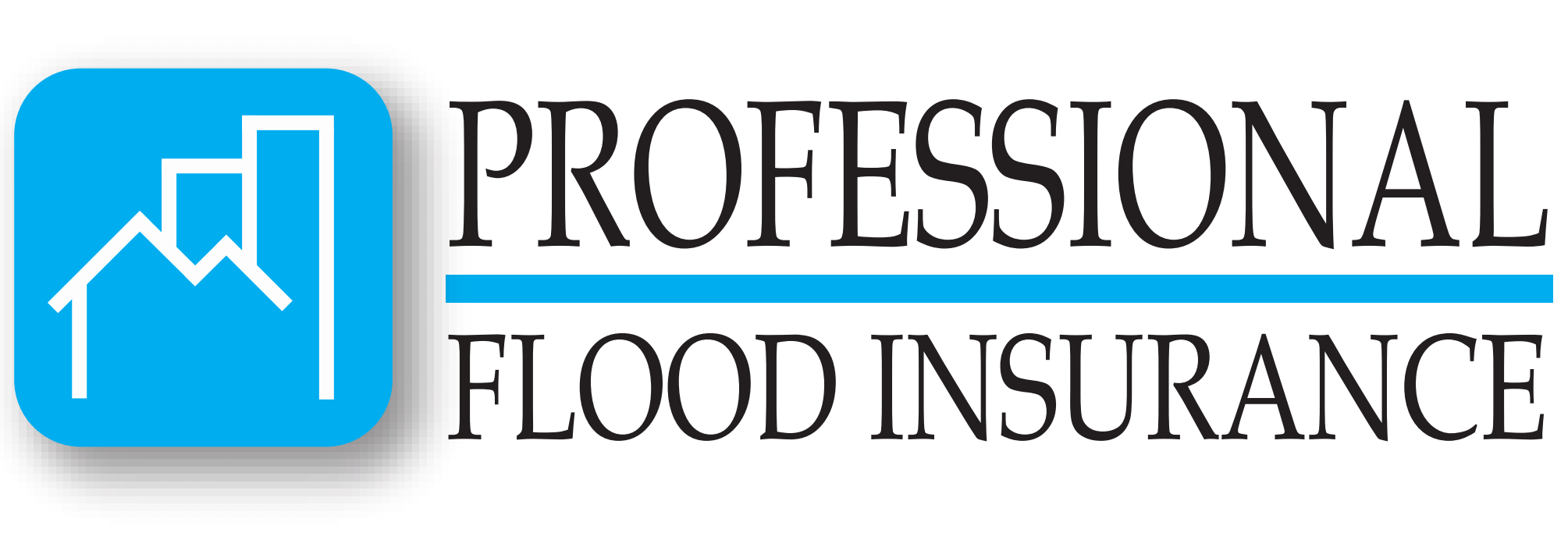Flood insurance is often overlooked by both homeowners and business owners until it is too late. This typically occurs when there is an impending storm or hurricane that could cause flooding, and individuals suddenly scramble to obtain flood coverage. Unfortunately, this is not possible as flood insurance policies have mandatory waiting periods between the purchase date and the effective date of the policy. This waiting period means that any claims made during this period are not covered. This waiting period is necessary because insurance is designed to transfer risk from the policyholder to the insurance company. Policyholders make premium payments over time in exchange for financial protection from uncertain and expensive events. Insurers pool this money to pay for claims that are likely to occur. Mandatory waiting periods for flood insurance prevent individuals who delay purchasing a policy until they see trouble on the horizon from unfairly benefiting from those who have paid their premiums in advance.
Both the National Flood Insurance Program (NFIP) and private insurers have waiting periods in place. However, private insurers may have shorter waiting periods compared to the 30-day waiting period for NFIP policyholders. In some cases, there are exceptions to the waiting periods. For example, individuals who have recently purchased a home and are required by their lender to carry flood insurance are not subject to the waiting period. Also, if remapping shows that a property is in a high-risk flood zone, the waiting period can be reduced to one day, provided that the flood policy is purchased within 13 months of the remapping. It is worth noting that those replacing an NFIP policy with a non-NFIP policy are not subject to a waiting period as long as the premium is paid within 30 days of the old policy’s expiration.
Despite the exceptions and the availability of shorter waiting periods, property owners should prepare well in advance of potential disasters. It is essential to evaluate flood risk as soon as possible to minimize damage and costs resulting from floods caused by spring flooding, hurricane season, and other natural disasters.
